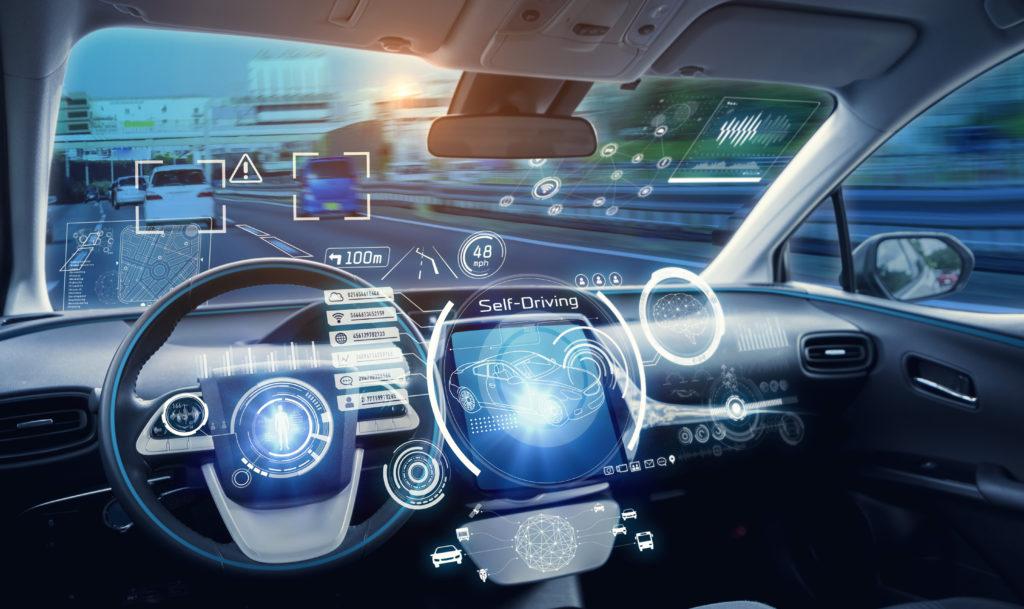The first rule of safe driving is “keep your eyes on the road”. And yet the cockpit layout of a typical car requires that drivers draw their eyes away from the road to collect important information on speed, fuel state, navigation guidance and environmental settings. This conflict between road and vehicle systems awareness increases the risk of driver distraction and decreases reaction time. In the aviation industry this danger was recognized early and addressed by the introduction of the head up display (HUD) which allowed information to be displayed within the pilot’s field of view. That same technology is now available to consumers for automotive applications.
The key benefit of the HUD is that it communicates critical vehicle information to the driver, while at the same time allowing the driver to keep their eyes on the road ahead. At a physiological level, using a HUD means that the driver’s eyes do not have to adjust to different brightness and focal plane conditions when switching their gaze from the road (bright and distant) to an instrument cluster (dark and near). Use of a HUD improves the driver’s reaction time to hazards because vision remains attentive to where the hazards occur: the road outside the car. A HUD improves situational awareness and offers what has come to be known as the eyes-on-road-benefit.
At META, we fabricate holographic optical combiners that serve as the key component in the optical system that makes up a HUD. The combiner superimposes light from the projector system onto light from the outside world. The combiner must fulfil the paradoxical requirements of being highly transparent to minimize impact on light from the road, while at the same time being highly reflective to maximize the coupling efficiency of the projector. We achieve these requirements with large area holographic gratings with carefully controlled spectral selectivity and diffraction efficiency. The gratings can be made active for one or more wavelengths of light, so full color displays are possible. Because the gratings diffract anomalously, the geometry of the optical path is not constrained by the angle of the windshield. And because they are thin and transparent, the combiners can be installed as aftermarket devices, factory installed discrete components, or integrated directly into the front windshield.

